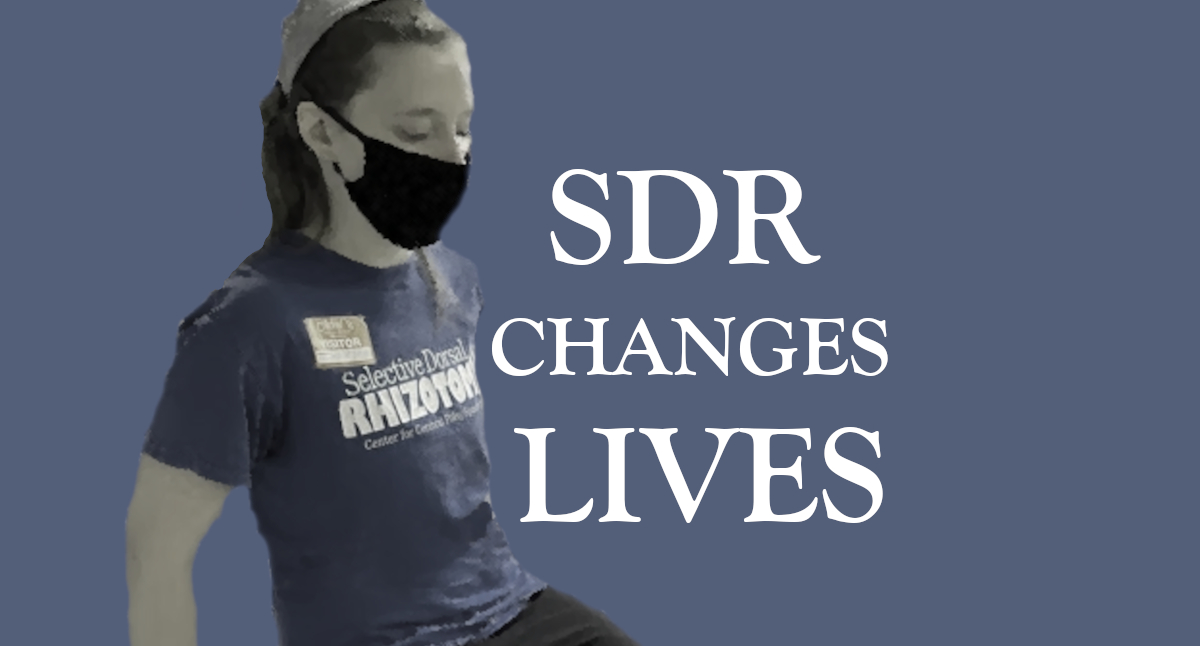vibration plates
Many emerging studies suggest that vibration plates are beneficial for people with CP. Dr. Park recommends two brands specifically: Galileo and Hypervibe. He suggests that Galileo plates are the best but are expensive (consider Kiddy model and S-25 model), while Hypervibe is still high-quality but at a lower price (consider G10 and G14). The Hypervibe G10 goes up to 25 hertz, while the Hypervibe G14 goes up to 30 hertz.
Both Galileo and Hypervibe offer a discount to SDR families, and it’s also not uncommon to find vibration plates secondhand.
I have a Hypervibe G10 (with the optional handle attachment for balance) that I like very much. Prior to that I had a knock-off plate that I also found helpful, but the stronger frequencies of the Hypervibe definitely make a difference for me, especially for strengthening. For me, upgrading to the Hypervibe was worth it, though I did find mine secondhand.
Debby Pelletier, a vibration plate expert and independent vibration plate consultant, graciously provided a lot of great info for this page. Below, you’ll find a learning session she conducted about vibration therapy for CP.
Debby also shared the following information with me:
- Oscillating machines (e.g., Hypervibe, Galileo) move side-to-side like a seesaw, mimicking how we walk. Cheaper, knock-off plates often have triplanar motion (like a triangle, combining oscillating and vertical), which is not recommended. These cheaper plates (regardless of the specs listed on the plate) are not nearly as powerful and do not seem to go above 14 hertz. (Many have a maximum frequency that is lower than this.) A cheaply made plate simply can’t withstand the force that is created by the higher frequencies.
- These knock-off plates may still offer benefits (i.e., balance and relaxation benefits), but not to the same extent as the higher-quality plates. They do not offer the neurological system–improving frequencies (18–19 hertz) that the Galileo and Hypervibe can provide. Also, the higher frequencies offered by the Galileo and Hypervibe allow more muscle fibers to be recruited. Thus, the knock-off plates do not appear to be capable of strengthening muscles as effectively and efficiently.
- Vibration plates can help with a wide range of issues: for example, they help activate muscles and can make exercises more efficient and productive; they can help with constipation; and they can help relax muscles and improve sleep.
- On pivotal (oscillating) plates (e.g., Hypervibe, Galileo), lower speeds (anything up to 10–11 hertz) feel like standing on a Bosu ball, which can be very challenging for balance. In fact, this is sometimes too challenging for people with CP. Mid speeds tend to be smoother and more relaxing for the body, and kids with CP tend to like them better, so these speeds may be particularly effective for many patients.
- The placement of your feet while on the vibration plate is hugely important: this controls the intensity of the exercise by affecting the amplitude. You can experiment with different positions to see what you feel the most, because the optimal position depends on the individual and the exercises you’re performing.
- The frequency (hertz level) and displacement (amplitude) of a plate combine to give the plate its G-force. The displacement/amplitude, as mentioned above, is determined by how close or how far apart your feet are. When your feet are farther apart, the amplitude will be greater.
- The speed ranges on a plate can be misleading because the speed ranges are arbitrary; they don’t necessarily translate to higher frequencies. A plate with 99 speeds doesn’t necessarily deliver higher frequencies compared to a plate with 30 speeds, for instance.
- There is research to suggest that vibration plates increase the efficiency and effectiveness of exercises.
Click here for instructions to access the Hypervibe SDR/PERCS protocols.
As a vibration plate consultant, Debby Pelletier offers training calls (both in person and remote) to people who would like more vibration plate guidance.
Click here to find her rates and services and get in touch; you can also email her at debby (at) vibrationguide (dot) com.
Click here to access her Cerebral Palsy + Vibration Therapy Facebook group.
She’s also active on the St. Louis SDR Facebook page, often offering advice in the comments section of the group.
VIBRATION PLATE RESEARCH
This is not an exhaustive list, but here are some studies about vibration plates as a treatment for CP.
“Vibration therapy in young children with mild to moderate cerebral palsy: does frequency and treatment duration matter? A randomised-controlled study” (2023; Alena Adaikina, José G B Derraik, Paul L Hofman, Silmara Gusso)
Suggests that vibration plates improve walking speed, standing, walking, running, jumping, and bone density in children with CP.
“Vibration therapy in patients with cerebral palsy: a systematic review” (2018; Ramona Ritzmann, Christina Stark, Anne Krause)
Suggests that vibration plates improve muscle tone, strength, gait, mobility, muscle mass, and bone density in people with CP.
“Vibration therapy in patients with cerebral palsy: a systematic review” (2018; Sean A. Duquette, Anthony M. Guiliano, David J. Starmer)
Suggests that vibration plates reduce spasticity, improve muscle strength, and improve coordination, and they may improve bone density.
“Effect of whole-body vibration on muscle strength, spasticity, and motor performance in spastic diplegic cerebral palsy children” (2014; Marwa M. Ibrahim, Mohamed A. Eid, Samah A. Moawd)
Twelve weeks of vibration plate use appeared to increase strength, decrease spasticity, and improve walking speed and motor development in children with spastic diplegia.
